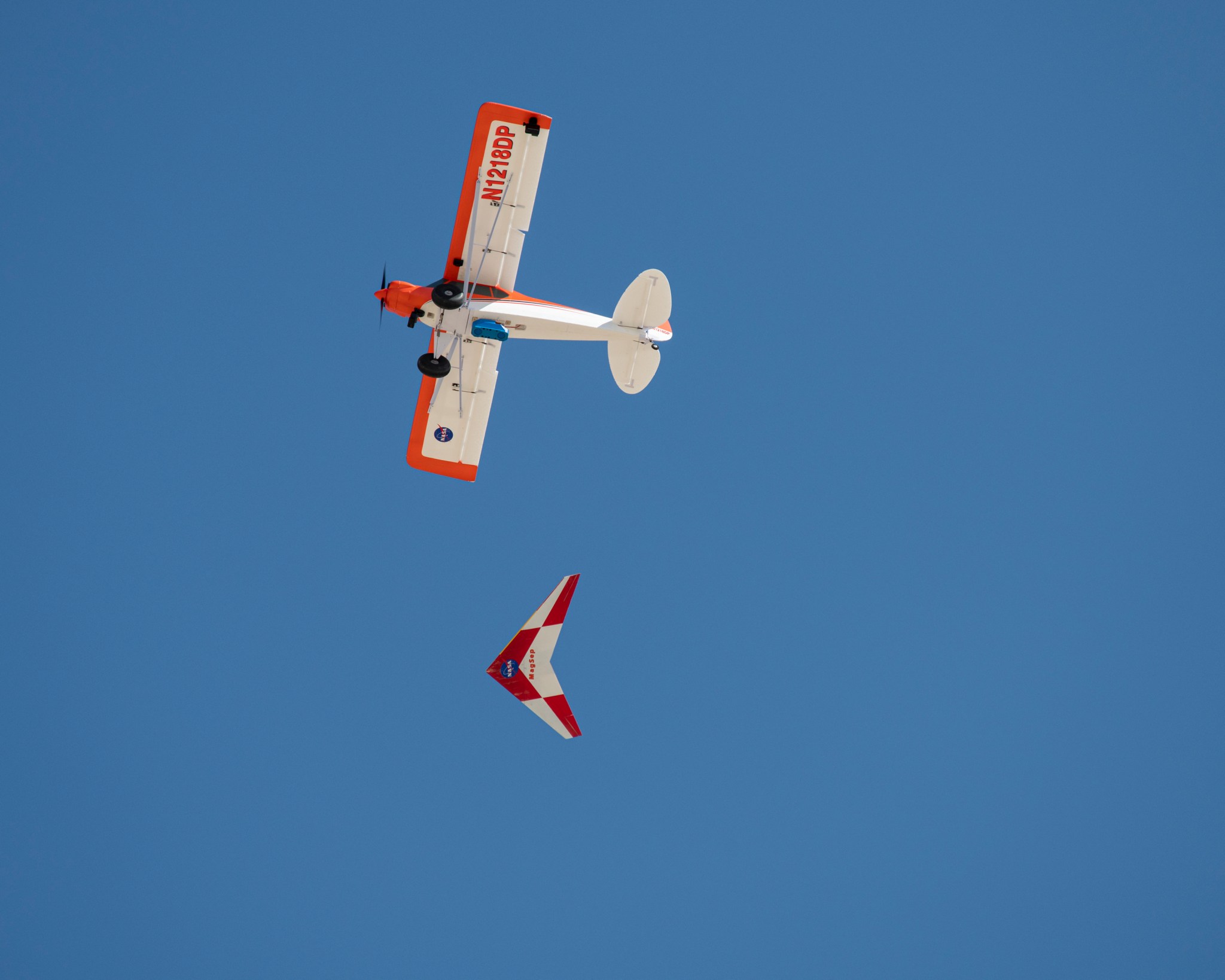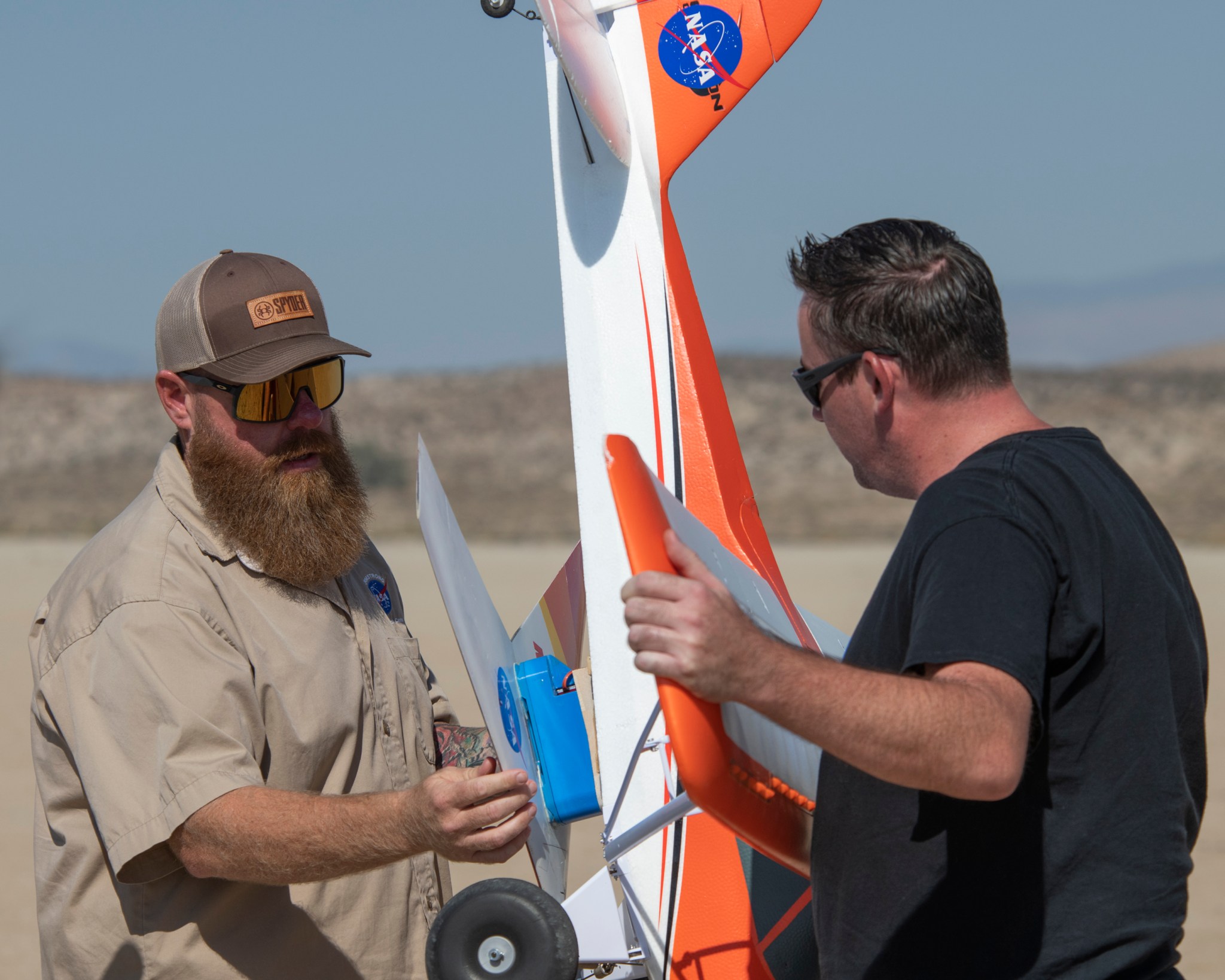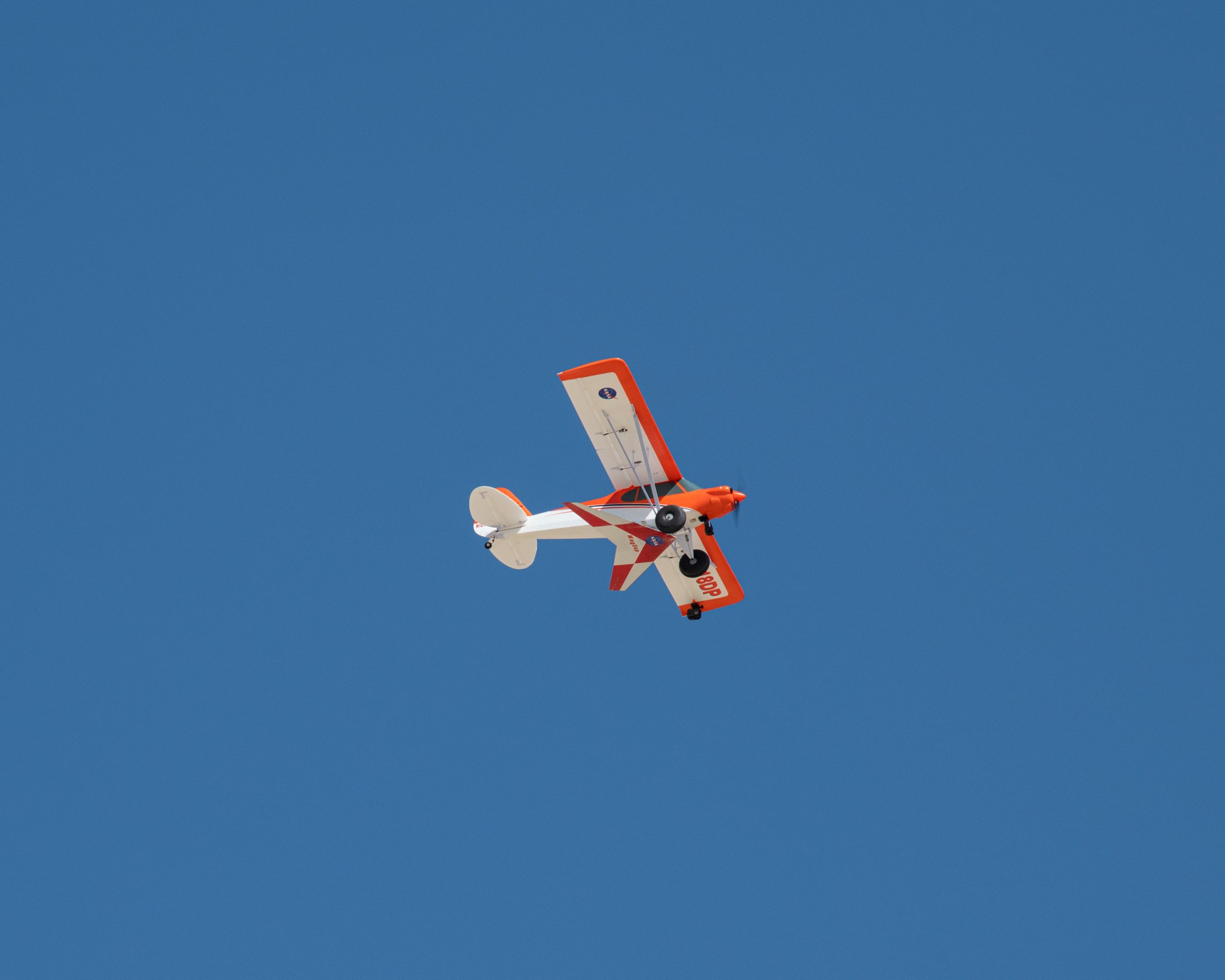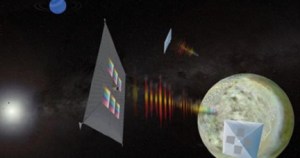
In aeronautics and space exploration, there is a need to connect and release components quickly and reliably. NASA’s Armstrong Flight Research Center in Edwards, California, recently tested a new magnetic release mechanism that could have applications for aircraft, spacecraft, and space exploration.
Paul Bean, a magnetic separation principal investigator, explained his research looks to replace some mechanical release mechanisms with magnetic ones. The experimental release mechanism potentially has fewer parts, requires less maintenance, and is more reliable than conventional mechanical mechanisms.
“Releasing items carried externally on an aircraft often involves pyrotechnics,” Bean said. “However, that also involves a lot of safety process. We are looking for ways to release cargo with a magnetic attach and release mechanism that will enhance safe operations.”
Explosives on aircraft are dangerous enough, add them to a spacecraft and the situation can be tenuous. Meanwhile magnetic forces can be used to attract or repel, making them a safer option. Thanks to a NASA Armstrong Center Innovation Fund (CIF) award, Bean has been able to further his research. The CIF is a Space Technology Mission Directorate program designed to support the development of emerging technologies and encourage creativity in innovation at the NASA centers while addressing the agency’s technology needs.
The magnetic release was first tested in December 2021 using a remotely piloted Carbon-Z Cub aircraft and more recently in September 2022. A small remotely piloted experimental glider called the Preliminary Research Aerodynamic Design to Land on Mars, or Prandtl-M was affixed under the Carbon-Z Cub using the magnetic release mechanism.
The mechanism provided an additional push to the separation of the Prandtl-M that was not provided by a previous mechanical pin design, Bean explained. The five successful flights in a row also featured smoother separation and a small-scale validation of the concept. The pilots noticed the difference.
Justin Hall, one of the pilots, said the flights went well.

“It was a night and day difference from our past release mechanisms, and it was smoother and more reliable,” Hall said. “In the past we would worry about the release, but this mechanism takes that out of the equation so we can focus on the rest of the flight. We were five for five on the aircraft releases.”
The current work is part of an umbrella of magnetic release technologies. The earlier phases of the Prandtl release project started with simpler hardware and worked up to the aircraft demonstration. The goal by the end of 2023, Bean explained, is to design and test a magnetic separation mechanism that can secure and release up to 500 pounds, which could potentially represent the weight of a mid-sized drone.
The applications are wide, Bean said. Aside from launching payload from aircraft, the application extends beyond Earth to space anchoring, as well as to the depths of the ocean for underwater attachments. With continued success, Bean said he sees potential uses including launching satellites and even on-orbit servicing and maintenance.
The magnetic separation work is part of a larger center effort that involves different properties of magnetics to achieve NASA’s mission. An Early Career Initiative project called the Dust-Tolerant Magnetic Coupler for Cryogenic Fluids is researching how magnets can be used to attach and release cryogenic fuel lines and withstand dust in the unforgiving environments of the Moon and Mars.
While magnetic release mechanisms could change the game for space and aviation, there are countless potential uses for other industries. NASA works to keep U.S. industries on the forefront of advancement by sharing all NASA-developed technologies that have been proven for use. For more information about this technology, contact Terrence Garry at Terrence.s.garry@nasa.gov.
NASA/Steve Parcel




























